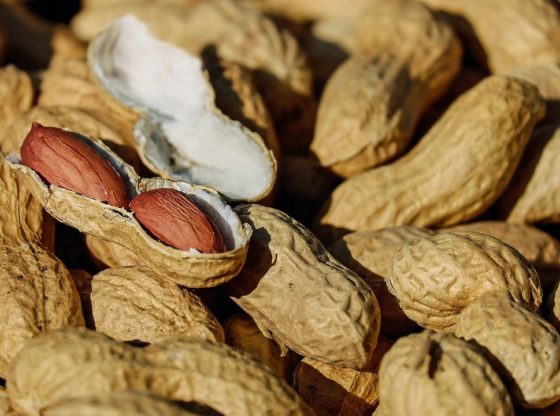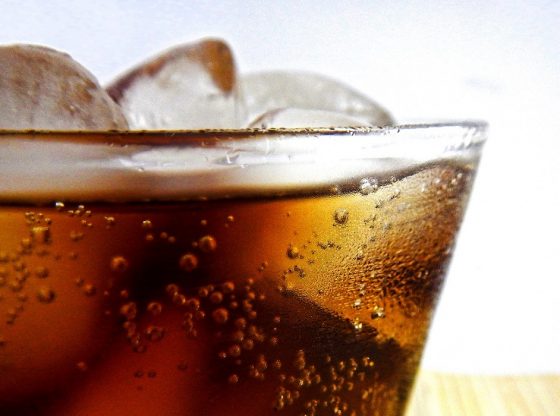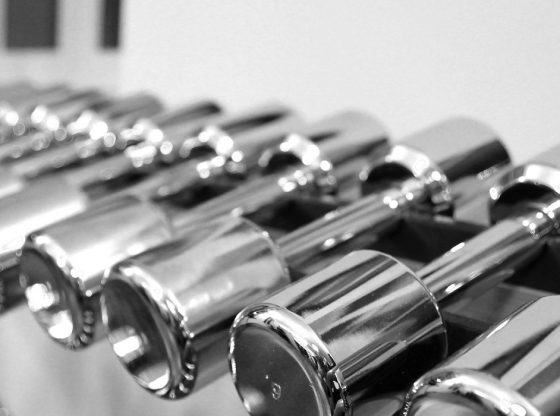
Dr. Ronald Krauss, M.D. is the director of atherosclerosis research at Children’s Hospital Oakland Research Institute, Adjunct Professor at UCSF and UC Berkeley.
Dr. Krauss is really one of the pioneering scientists that changed the way we all think about cholesterol.
He developed an assay that allows the quantification of low-density lipoprotein particle size and concentration (known to the wider world mostly as just “LDL cholesterol”) based on a technique which determines the size of the particle based on physics…meaning the speed at which it flies through the air. This test which has not yet been fully adopted into all clinical practice in the manner that the total LDL cholesterol test has is known as the “ion mobility” test.
In this episode, Rhonda and Ron discuss what HDL and LDL cholesterol are, what they do in the body, critical distinctions between the particle sizes of LDL and HDL, and how they play a role in heart disease. We talk about what small, dense LDL particles are, how they form, what effect eating saturated fat versus refined carbohydrates have on LDL particle size and heart disease risk and more generally what the main risk factors for heart disease are. Ron also talks about the good, bad and the ugly of LDL-lowering drugs known as statins, what the characteristics are of atherogenic dyslipidemia, riffs on the manner in which inflammatory cell wall components of bacteria, such as lipopolysaccharide, may interact with cholesterol to make it more harmful, and the effects of sugars on lipid production, and so much more.






















